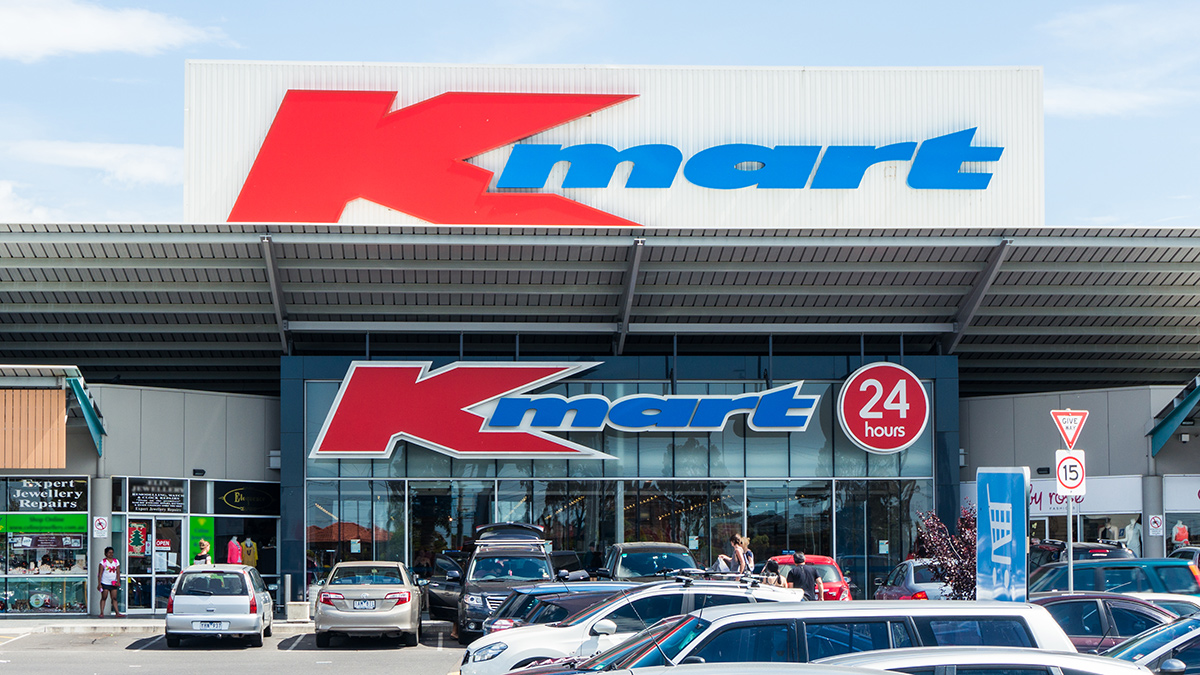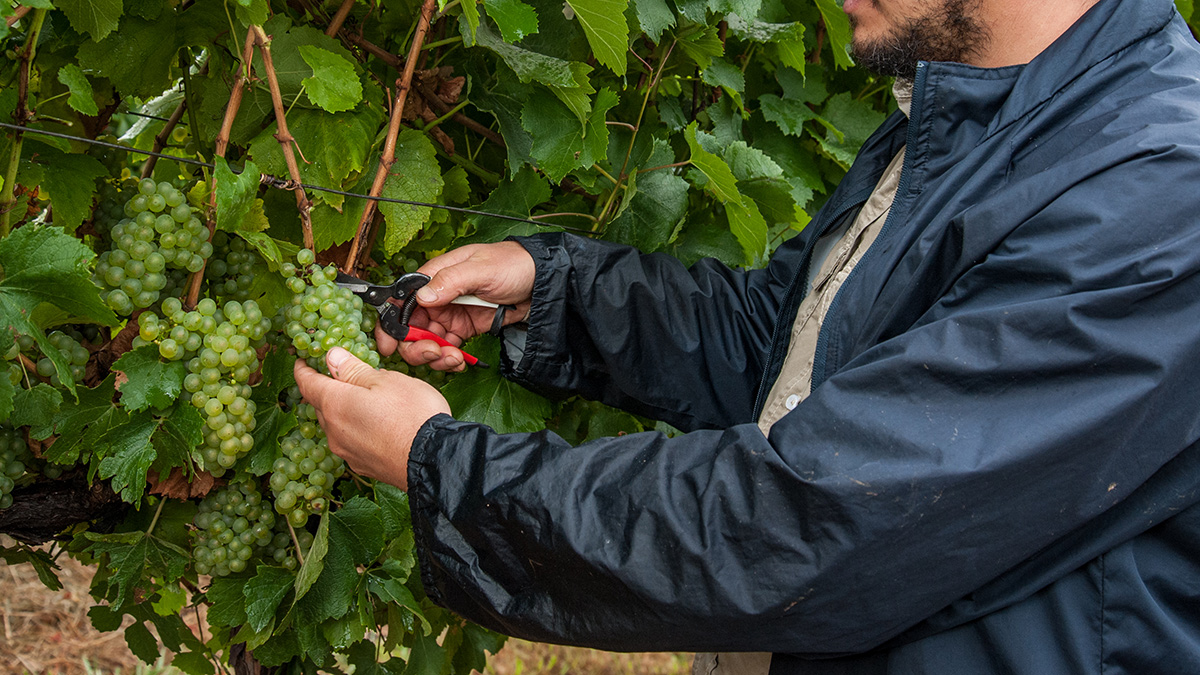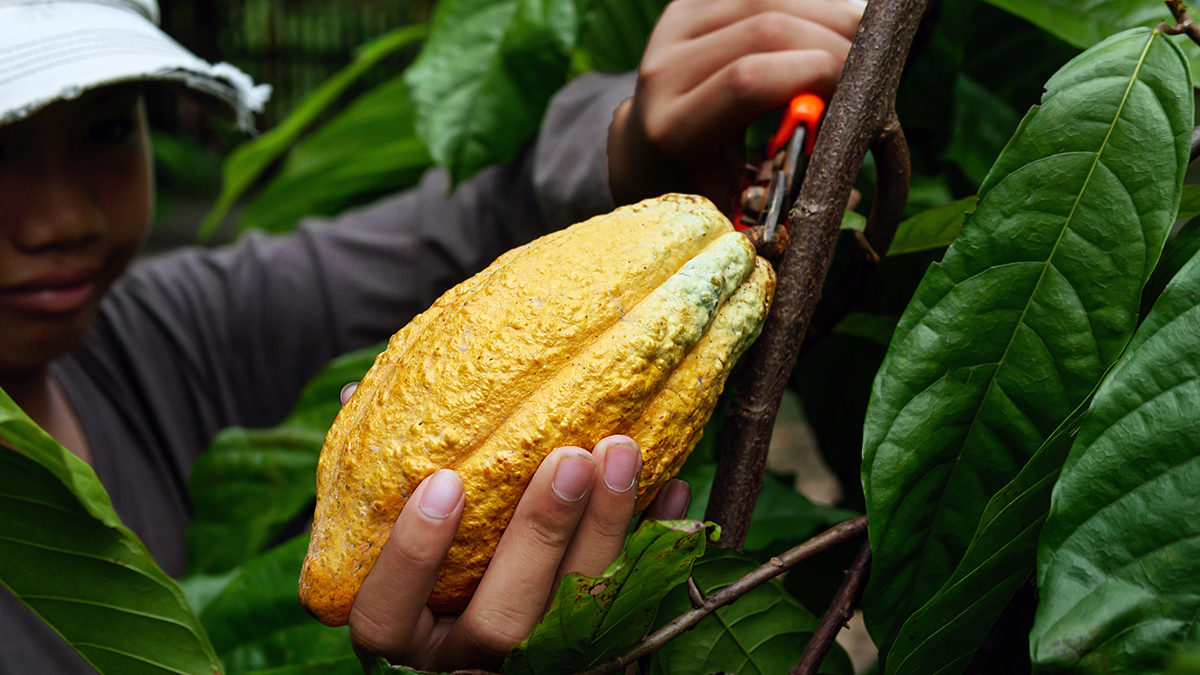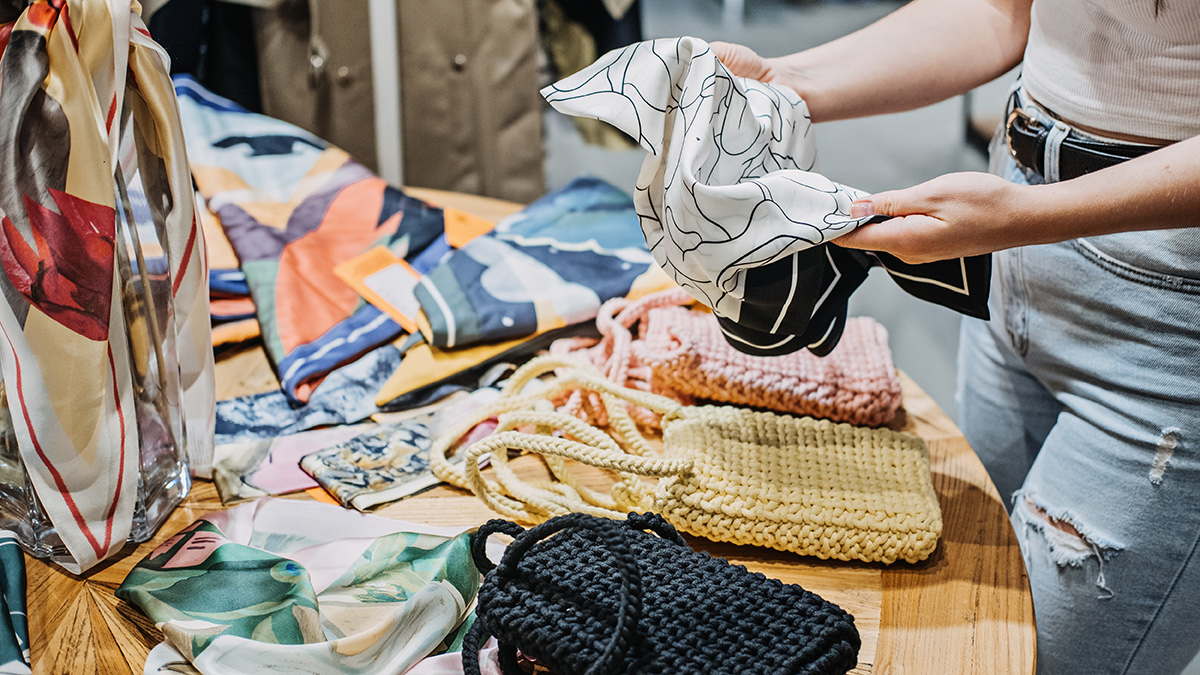Get our independent lab tests, expert reviews and honest advice.
Melbourne-based pharmaceutical company’s bloody business offshore
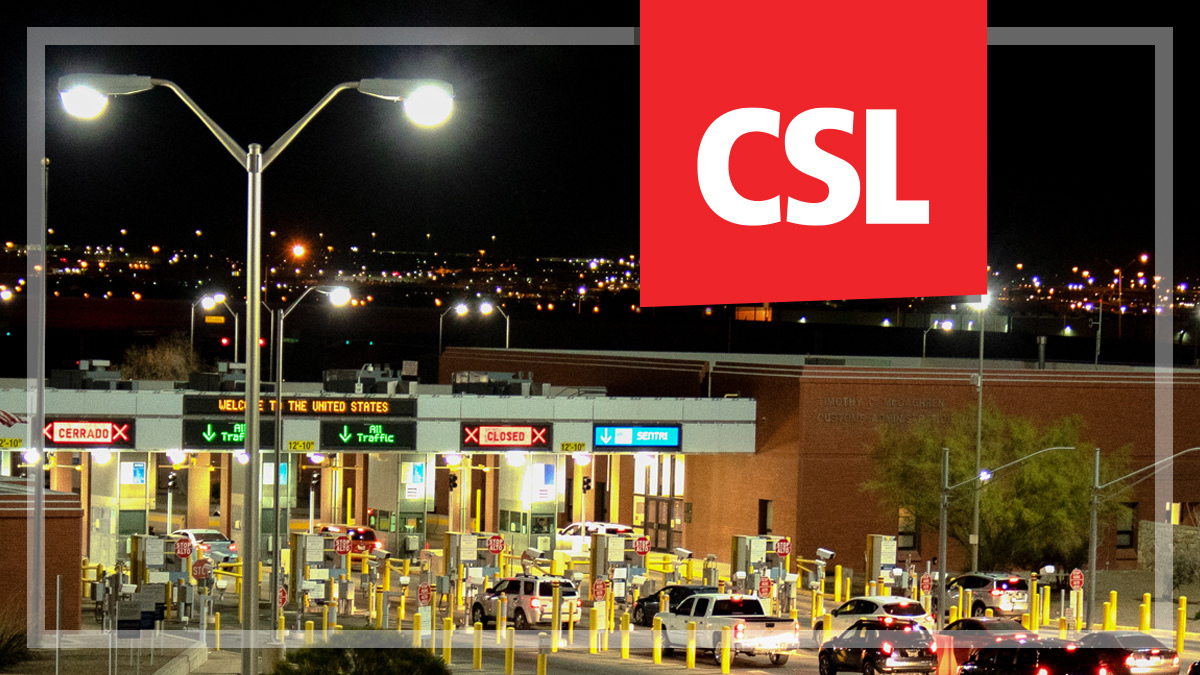
Need to know
- Melbourne pharmaceutical giant CSL pays Mexicans who cross into the US to donate their plasma
- This practice is legal in the US, where donations are allowed at higher frequencies than elsewhere, but some studies suggest this may have negative health effects
- Experts have called out CSL for profiting from this "unethical" arrangement
Melbourne-based pharmaceutical giant CSL stands accused by industry experts of acting unethically on the United States-Mexico border, for paying thousands of Mexicans to cross over and donate plasma.
Being paid for donating blood or plasma is illegal in Mexico, as it is in Australia and many other countries. But in the US it’s legal. This has resulted in thousands of economically disadvantaged Mexicans using non-working visas to regularly cross into the US to donate plasma.
It’s an ethically dubious arrangement and experts in the plasma collection industry have accused CSL of exploitation.
Technically legal, but ethically questionable
CSL’s operations comply with US regulations, which allow for more frequent plasma donations than elsewhere. The US allows plasma to be donated twice a week – four times more frequently than in Australia. Experts in the international plasma trade say US rules are lax and don’t line up with international best practice on ensuring the safety of donors.
CSL has 15 plasma collection centres in Texas, near the Mexican border. CSL didn’t tell CHOICE how many centres it had in border zones in other states, but there are over 50 collection centres run by various companies in border zones across the US. CSL is one of the largest collectors.
CSL has said that banning Mexican citizens from crossing the border to donate blood could see a 5–10% drop in their US collections. US donations to all companies account for around 70% of the world’s sourced plasma.
Big business: Where does the plasma end up?
CSL brings some of the plasma collected back to Melbourne, where it’s then used to create plasma-derived treatments that are sold around the world and used for a range of purposes, from life-saving medical treatments to surgery.
CSL did not respond to CHOICE’s questions about profits from plasma-derived products, but in 2023 the company posted an overall profit of $4.1 billion.
One former CSL staff member, who spoke to CHOICE on the condition of anonymity, described the plasma business as the “main cash cow” of the company, with plasma-derived products like Privigen and Immunoglobulin being highly profitable. Sales from Immunoglobulin make up around 50% of the revenue stream of CSL Behring, the company’s US division.
In 2023 the company posted an overall profit of $4.1 billion
“The Broadmeadows facility is a key to the fortune. [A portion of] plasma donated in the US comes back into Australia, they add value to the product, they stabilise it, make it last for two years at room temperature, then it is sent back to the US and around the world,” said the ex-employee, referring to the company’s manufacturing facility in Melbourne.
Some products are also manufactured for the Australian market.
How does paid plasma donation work?
Analidis Ochoa is a PhD candidate at the University of Michigan, focusing on the commercial plasma industry in the US.
She says the majority of donors at these US border zone collection centres are Mexicans who hold B1 or B2 visas, intended for tourism or family travel. These documents don’t give them the right to work in the US, but allow them to cross the border.
Ochoa says companies such as CSL often pay their donors in gift cards, which can be used to withdraw cash from ATMs. The payments vary. CSL told CHOICE that payment for a new donor can range from $80–125, while payments for a returning donor ranged from $30–65. They said donors are paid more initially, in order to attract new donors. Ochoa says patients are regularly encouraged with bonus payments and other incentives to donate to the maximum legal limit in the US, which is twice a week, or around eight times a month.
Under Australian law, plasma donations are limited to twice a month. Some studies have suggested that donating plasma too frequently could lower immunoglobulin levels and make the body less able to fight infection. Other industry-funded studies have disputed this.
These are for-profit private companies, they are pretty hesitant to share the health effects that their donors are experiencing
Analidis Ochea PhD, University of Michigan
“The people I interview are concerned about their health and the long-term implications of donating so much,” Ochoa says. “The answer is we don’t know enough about the long-term health implications of donating up to eight times per month and honestly, policymakers in the US are not encouraging institutions to engage in that research.”
Ochoa says Mexicans who donate frequently are often afraid to report secondary impacts for fear of being banned from donating due to health reasons. And companies aren’t keen to report on negative health impacts either.
“These are for-profit private companies, they are pretty hesitant to share the health effects that their donors are experiencing. I’ve spoken to employees who say there is a lot of leeway about whether or not they report an adverse event that occurs after plasma donation.”
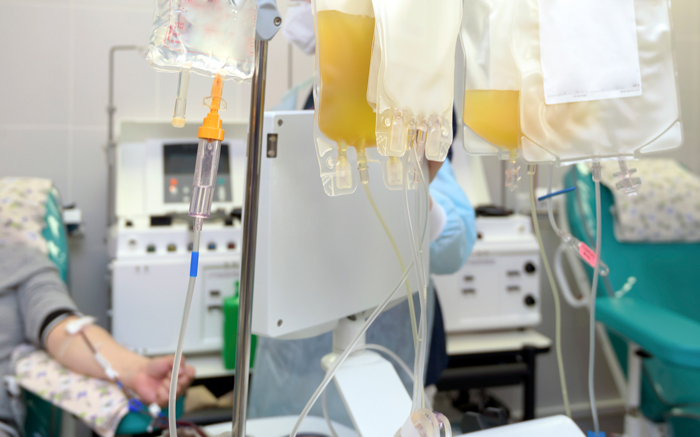
Exploiting economic disadvantage
Dr Paul Strengers from the International Plasma Fractionation Association, which represents not-for-profit plasma collectors and manufacturers around the world, says CSL is taking advantage of economic disadvantage in the US and Mexico.
“You should not be allowed, in my view, to exploit the donor,” he says.
Strengers says the laws around plasma donation are much tighter in the European Union and that the growth of plasma collection centres in the US raises concerns about donor safety.
You should not be allowed, in my view, to exploit the donor
Dr Paul Strengers, International Plasma Fractionation Association
“In a capitalistic system where I pay you the money, then it is your responsibility whether you donate less or more. But I believe that we also have a responsibility to the donor and also that we have to take care that the donor will not harm him or herself by donating too much plasma.”
CSL responds
CSL told CHOICE it tests every donation to monitor protein levels, an indicator of quality and donor health, and performs regular medical evaluations for every donor. But Ochoa said she had never heard of a plasma company offering regular medical check ups or ongoing care for regular donors.
Despite Australian restrictions and what we heard from the experts we talked to about donation frequency, a CSL spokesperson said the plasma therapies industry is highly regulated by health authorities around the globe, and by the Food and Drug Administration in the US, to ensure the safety of donors.
“To become donors, people must participate in a rigorous ongoing health, physical and screening processes to ensure they are healthy. Donors are also provided with vital health information, such as blood pressure screenings, that are taken during screenings before every plasma donation,” the company told CHOICE.

